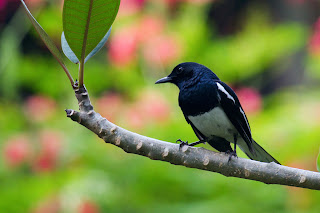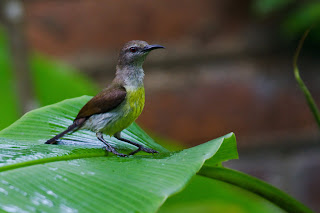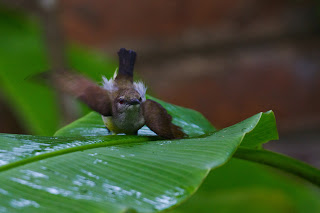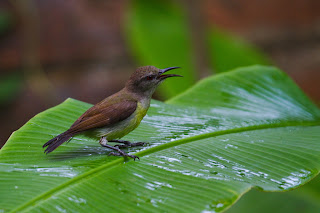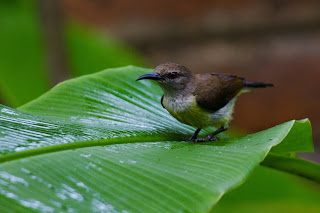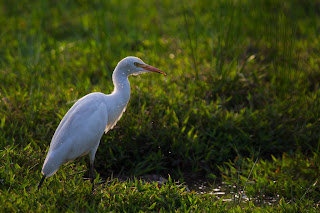An Oriental Magpie Robin photographed in Colombo, Sri Lanka
The Oriental Magpie Robin is a common garden bird found in Sri Lanka. It is also one of the most musical birds found on the island. The Oriental Magpie Robin is distributed throughout a number of areas in tropical South and Southeast Asia. The images in this post were all captured in our garden in Colombo, where this species is a regular visitor. Read on for more images and info.
An Oriental Magpie Robin photographed in Colombo, Sri Lanka
Oriental Magpie Robins breed from March to July in India and January to June in Southeast Asia. They nest in tree hollows or niches in walls and buildings. Most of the nest building is done by the female and usually starts a week or so before the eggs are laid.
An Oriental Magpie Robin photographed in Colombo, Sri Lanka
These birds mainly feed on insects and other invertebrates. Globally, this species is considered one of "little concern". However, in some areas, this bird is on the decline. These birds were common in Hong Kong and Singapore in the 1920's but numbers declined in the 1970's. It is presumed that this was caused because of the competition of the introduced Common Mynahs.
These images were captured with a Canon 7D and the 100-400mm lens.
